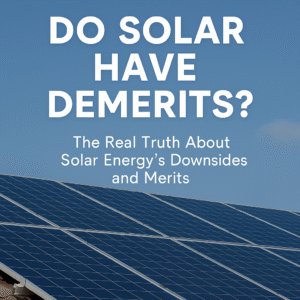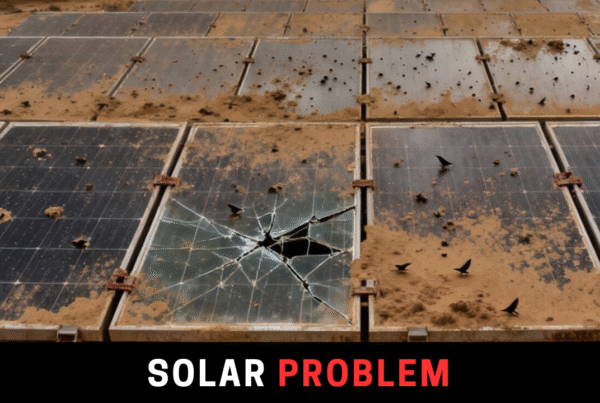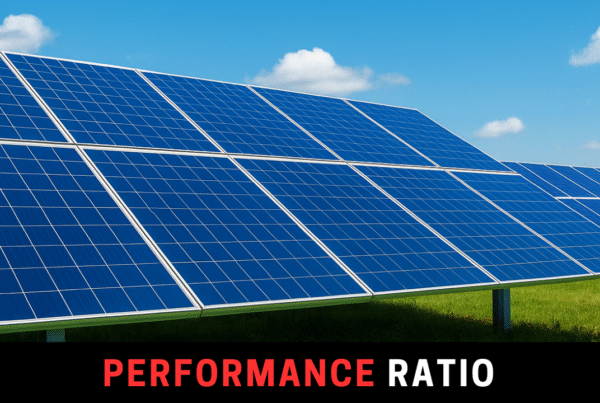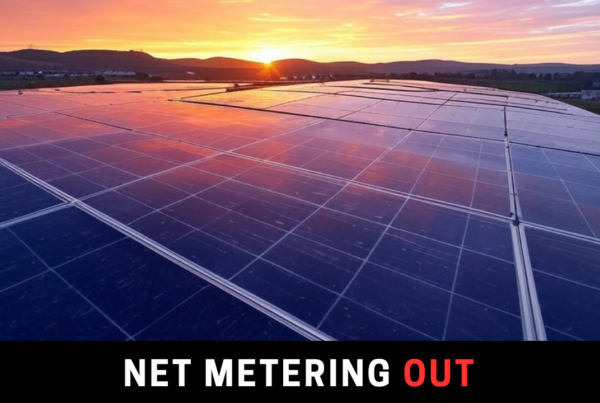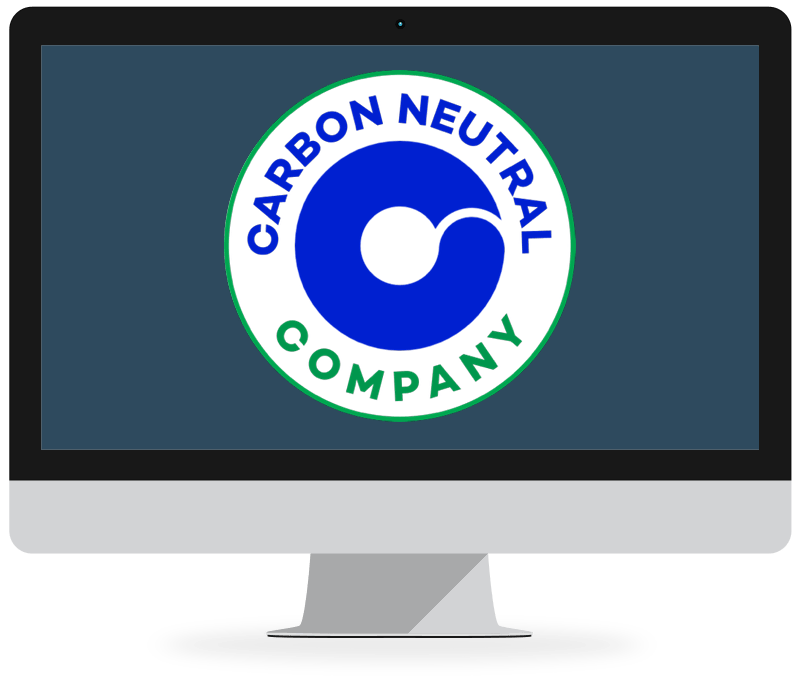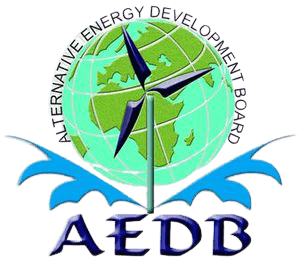Whenever someone brings up solar energy, the conversation usually shines only on the positives: clean power, low bills, independence from fossil fuels. But the reality? Like every technology, solar has its own set of disadvantages. Ignoring them doesn’t help anyone. Discussing them openly, however, allows for better decisions and ultimately stronger adoption.
Here are the main demerits of solar energy — without sugar-coating:
1. High Initial Cost
Buying and installing panels, inverters, batteries, and associated equipment is expensive. For many households, this upfront cost feels like a barrier.
2. Weather Dependent
When the sky is cloudy or it’s nighttime, your solar panels produce far less energy or none at all.
3. Space Requirement
Big systems demand big roofs or land. Limited roof space means limited solar potential.
4. Energy Storage is Costly
If you want full independence, batteries are needed — but they remain expensive and degrade with time.
5. Intermittency
Without storage or grid connection, solar is not always reliable. Power comes in waves: sunshine hours only.
6. Efficiency Limitations
Panels convert only 15–22% of sunlight into usable electricity. This may sound low, but it’s a technical reality.
7. Maintenance Issues
Dust, bird droppings, or pollution reduce output. Panels need cleaning. Batteries eventually require replacement.
8. Manufacturing Impact
Producing solar panels isn’t entirely green. Energy and some toxic materials go into manufacturing, though panels pay this back in 1–2 years.
9. Location Dependent
Solar thrives in sunny regions. In less sunny climates, generation is lower.
10. Poor Installations & Industry Black Sheep
If poorly planned or installed, solar can damage roofs or create hidden costs. And yes, the industry does have fly-by-night installers who spoil customer trust.
Now, Let’s Put Things in Perspective
Interesting list, right? But do these “disadvantages” really outweigh the benefits? Let’s weigh them:
-
The sun is free: Once installed, your “fuel” costs nothing. Imagine bills that fall or even vanish.
-
Clouds don’t kill solar: Paired with batteries or a grid tie, solar is reliable and predictable.
-
Your roof becomes an asset: Rooftops, parking shades, and unused land become power plants.
-
Storage options are flexible: Batteries are optional. The grid can serve as virtual storage. Battery prices are falling rapidly anyway.
-
Efficiency isn’t the enemy: Solar beats nature at its own game, and efficiency keeps improving year after year.
-
Low maintenance: Cleaning panels a few times a year is minor compared to maintaining oil rigs or pipelines.
-
Sustainable manufacturing: Panels produce clean power for 25+ years, offsetting their initial footprint in just a couple.
-
Universal sunlight: Every energy source is location dependent — coal, oil, rivers. But sunlight is the most democratic energy source of all.
The New Edge: Solar + EVs
Here’s where it gets even better. If you own an electric vehicle with V2L (Vehicle-to-Load) functionality, you can fit a V2Load-Share device and grid-tie it. This means:
-
Pull cheap power at night (7p/kWh).
-
Inject it into your house during the day.
-
Export nothing, but enjoy V2H (Vehicle-to-Home) benefits.
Why? Because your EV sits idle 95% of the time. It can be a backup power plant.
The Economics: Reality Check
-
In Pakistan, your energy retailer may buy your excess solar at PKR 20/kWh and sell it back to you at PKR 60/unit.
-
Sometimes, it’s smarter not to export but to consume cleverly.
-
Or even rent out your sunny roof to a Virtual Power Plant (VPP) provider who installs solar and manages it for you.
Conclusion: Merits Always Lead
Yes, solar has demerits. But when weighed against the merits, the scale tips heavily in solar’s favor. Transparency is key: installers and clients must openly discuss both pros and cons. Poor planning leads to problems; thoughtful planning delivers independence, savings, and sustainability.
At the end of the day, solar is not just technology — it’s strategy.

